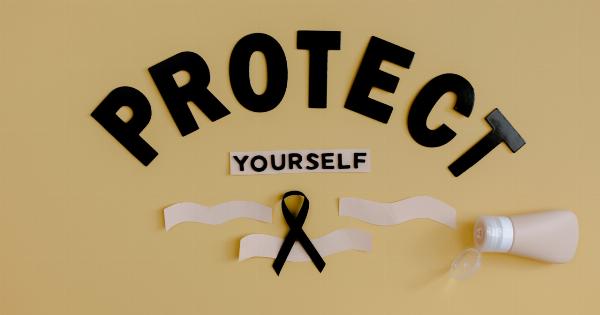Perspiration, commonly known as sweating, is a natural process of the body in response to heat or physical activity. Although everyone sweats, there are a lot of misconceptions surrounding this process.
In this article, we will address 10 common misconceptions about perspiration and present the realities behind them.
Myth 1: Sweating is always caused by physical activity
Reality: Although physical activity is a common trigger for sweating, it is not the only cause. Emotions such as stress, anxiety, and fear can also cause sweating, as well as exposure to high temperatures, spicy foods, and certain medical conditions.
Myth 2: Sweating only occurs on the face, underarms, and palms
Reality: While those areas are common areas for sweating, perspiration occurs all over the body. Soles of the feet, the back, and the scalp can also produce sweat.
Myth 3: Sweating excessively is always a sign of a problem
Reality: Everyone’s body is different, and some people just naturally sweat more than others. If you are concerned about your excessive sweating, you can consult a doctor to rule out any underlying medical issues that could be causing it.
Myth 4: Antiperspirants are only helpful for underarms
Reality: Antiperspirants can be used on any area of the body where sweating occurs. They work by blocking the sweat glands and preventing the secretion of sweat.
Myth 5: Sweating can lead to weight loss
Reality: While sweating can cause a temporary loss of fluids, it does not lead to long-term weight loss. Any weight lost through sweating will be immediately regained once fluids are replenished.
Myth 6: Sweat is smelly
Reality: Sweat itself is not smelly. It is the bacteria on the skin that breaks down sweat and causes odor. Washing regularly and using appropriate hygiene products can prevent this buildup of bacteria.
Myth 7: Sweating removes toxins from the body
Reality: Sweating is not an effective way to rid the body of toxins. The liver and kidneys are responsible for removing toxins from the body, while sweat glands produce mainly water and small amounts of salt.
Myth 8: Men sweat more than women
Reality: There is no significant difference in the amount of sweat produced by men and women. The difference is in the way sweat is distributed on the body.
Men tend to sweat more on their chests and back, while women sweat more on their faces and lower body.
Myth 9: Sweating excessively can lead to dehydration
Reality: While excessive sweating can lead to dehydration, it is important to remember that sweating is a natural process that helps regulate body temperature. As long as fluids are replenished, sweating should not lead to dehydration.
Myth 10: Excessive sweating is only a physical condition
Reality: Excessive sweating, also known as hyperhidrosis, can have a significant impact on a person’s confidence and quality of life.
Luckily, there are treatments available such as antiperspirants, medication, and surgery to manage this condition.
Conclusion
Perspiration is a natural process that helps regulate body temperature. It is important to understand the realities behind the common misconceptions surrounding sweating.
While sweating can be a nuisance, it is a necessary and healthy function of the body. If you are concerned about your sweating, consult a doctor to rule out any underlying medical conditions.































